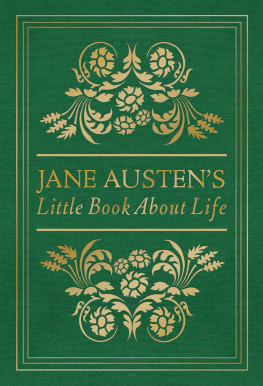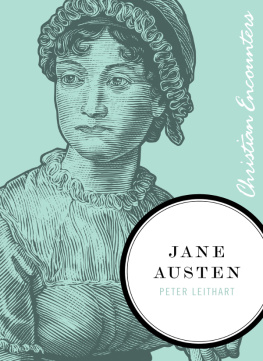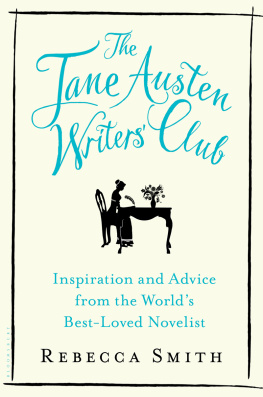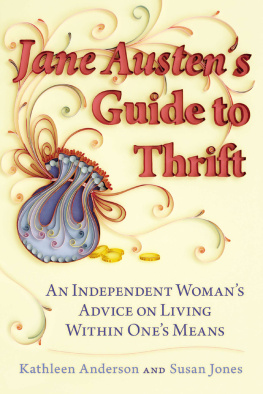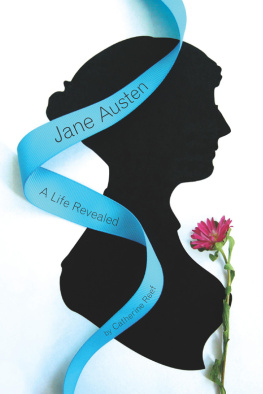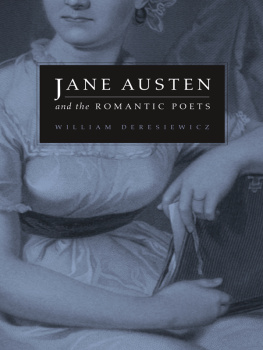

skirt! is an attitude spirited, independent, outspoken, serious, playful and irreverent, sometimes controversial, always passionate.
Copyright 2012 by Lori Smith
ALL RIGHTS RESERVED. No part of this book may be reproduced or transmitted in any form by any means, electronic or mechanical, including photocopying and recording, or by any information storage and retrieval system, except as may be expressly permitted in writing from the publisher. Requests for permission should be addressed to Globe Pequot Press, Attn: Rights and Permissions Department, P.O. Box 480, Guilford, CT 06437.
skirt! is a registered trademark of Morris Publishing Group, LLC, and is used with express permission.
Illustrations by David Grant
Text design: Sheryl Kober
Project editor: Kristen Mellitt
Layout artist: Kirsten Livingston
Library of Congress Cataloging-in-Publication Data is available on file.
ISBN 978-0-7627-8517-9
For Mom and Dad, with love
And for my niecesGrace, Eleanor, Alison, and Isabela
with hopes that they will grow to love Austen
Also by Lori Smith
A Walk with Jane Austen
The Single Truth

Here is a list of the books Ive referenced most often (other sources are listed in full in the endnotes), along with the abbreviations Ive used when citing them. To make things easier for readers, Ive listed volume and chapter numbers along with page numbers for quotes from the novels. For example, a quote from page 17, volume I, chapter VI of Pride and Prejudice would be listed this way: P&P, 17 (I, VI). I hope this way youll be able to find these quotes easily even if youre reading a different edition. Should you need to translate the volume and chapter numbers to the more modern chapter numbering without volumes, check out the e-texts at www.mollands.net.
C: Austen, Jane. Catharine and Other Writings. Oxford: Oxford University Press, 1993.
E: Austen, Jane. Emma. Oxford: Oxford University Press, 2008.
FR: Le Faye, Deirdre. Jane Austen: A Family Record (Second Edition). Cambridge: Cambridge University Press, 2004.
Letters: Le Faye, Deirdre, ed. Jane Austens Letters (Third Edition). Oxford: Oxford University Press, 1995.
Memoir: Austen-Leigh, J. E. A Memoir of Jane Austen and Other Family Recollections. Oxford: Oxford University Press, 2002.
MP: Austen, Jane. Mansfield Park. Oxford: Oxford University Press, 2003.
NA: Austen, Jane. Northanger Abbey, Lady Susan, The Watsons and Sanditon. Oxford: Oxford University Press, 2008.
P: Austen, Jane. Persuasion. Oxford: Oxford University Press, 2004.
P&P: Austen, Jane. Pride and Prejudice. Oxford: Oxford University Press, 2008.
S&S: Austen, Jane. The Annotated Sense and Sensibility. Annotated and edited by David M. Shapard. New York: Anchor Books, 2011.
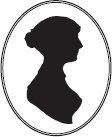
O n a fresh Tuesday afternoon in the spring of 1811, Jane Austen sat down at her small table in the drawing room of the cottage she shared with her mother, sister, and their dear friend Martha Lloyd. She had played the piano first thing that morningmostly country tunesand, after breakfast with her family, worked on her needlepoint and entertained a few visitors. And now the afternoon was hers. She worked on her novel at the small wooden writing desk her father had given her. He had been the first person to try to have Janes work published, only to receive a standard rejection from the publisher, who didnt even read the novel. Inside the writing desk were hundreds of tiny sheets, covered in script, now crossed out and written over in places.
Jane was playing with her characters from First Impressions: Elizabeth Bennet and Fitzwilliam Darcy. She was carefully editing the storythe one her father had sent in, the one that had been summarily rejectedwith thoughts of it being published. Truthfully, with thoughts of it being ridiculously successful, though she was also a realist, and would have been content simply to have it published even if she had to pay for it out of her own pocket, so long as she didnt go into debt in the process.
So she fiddled with characters and scenes, working with her tiny scraps of paper, listening for the servants and for anyone who might come to the door, so she could quickly hide her secret project. No one outside of her family and close friends was to know that Jane Austen was a writer. While she wrote, she looked out the broad drawing room window at the comings and goings of Chawton, their tiny village in the English countryside Jane loved so dearly.
Jane Austen lived an astonishingly quiet life. She lived with her family, had a few close friends, and rarely ventured into society. Her clothes were something less than fashionable, and the cap she wore for her afternoon of writingthe kind of cap reserved for middle-aged spinsterswas plenty proof of that. She never had a lot of money; her eventual success didnt provide her even enough to live on. And while her family loved her writing, her path to publication was far from easy.
She was the youngest sister, the second youngest child in a family of eight. No one expected anything of her, except that she watch her nieces and nephews when they needed her to. And she didshe loved them.
Ironically, for all the love stories she gave us (but theyre so much more than that, arent they?), she never married.
How surprised she would be today to find that not only does her name survive, but also that she is loved and adored by women of all ages who have read her books or seen the movies that have grown out of them. This simple, unfashionable, shy, poor, country spinster has become our patron saint of romance, our goddess of happy endings. Her name is synonymous with romantic sighs, period costumes, and the ideal of what love should be. What would she think of that? And what would she think of us?
If Jane Austen could give us advice about life and love, what would she tell us?
Of course, as a woman who lived her whole life during the reign of George III, Jane could not be expected to understand tweeting or texting or platform heels (or really much about fashion, even during her own day). But as she showed herself to be such an astute student of human nature, she could teach us an awful lot about ourselves.
We are obsessed with fame. Austen didnt even want her name to be known. We dream of finding the one. She might quibble with our wholehearted devotion to that idea. We want money and more money (or, at least our Real Housewives doI think Jane would find great comic potential in that show, by the way). Jane was content to have just enough.
Like her novels, Janes own life story translates surprisingly well into the twenty-first century. No one expected anything of her, but she pursued her dream anyway, to astounding success. Although she didnt marry, she clearly understood love. She endured some incredibly painful experiencessuch as the disease that eventually took her life at the young age of forty-onewith grace and humor. She always approached life with irrepressible joy.
This book mines Janes life and her stories for the lessons she would teach us if she could. Thankfully, through her writing, she can and does still speak today.
Next page


